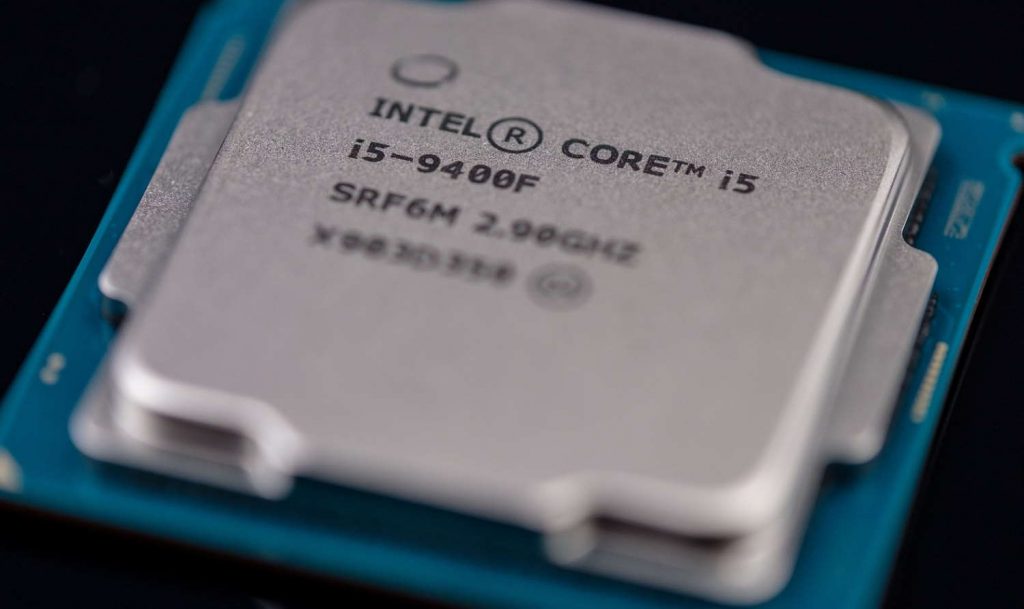Apple’s New CPU: Breaking Free from Intel x86 and Embracing a New Era of Power and Efficiency

In a groundbreaking move, Apple made the strategic decision to transition away from Intel x86 processors and develop their own custom CPUs. This article delves into the reasons behind Apple’s bold move, explores the advantages of their new CPU architecture, and discusses the implications of this shift for the future of Apple’s computing devices.
Unleashing the Power of Customization
By designing their own CPU architecture, Apple can tailor the processors specifically to meet the unique needs of their hardware and software ecosystem. This level of customization allows Apple to optimize performance, power efficiency, and overall user experience, delivering a seamless and harmonious integration between hardware and software.
Enhanced Performance and Efficiency
Apple’s new CPU architecture, based on ARM (Advanced RISC Machine) technology, brings significant performance improvements and energy efficiency gains compared to the previous Intel x86 processors. The ARM architecture is inherently power-efficient, enabling Apple to deliver superior battery life without compromising on performance. This not only enhances the user experience but also opens doors to new possibilities for portable devices such as laptops and tablets.
Unified Architecture for All Apple Devices
With their own custom CPU architecture, Apple can create a unified architecture that spans across all their devices, including iPhones, iPads, Macs, and more. This level of consistency and integration allows for seamless app development, optimized performance across devices, and simplified software updates, resulting in a cohesive ecosystem and a more streamlined user experience.
Embracing the Mobile-First Mindset
Apple’s transition away from Intel x86 towards their own custom CPUs aligns with their mobile-first mindset. The ARM-based architecture has long been dominant in the mobile industry, powering millions of smartphones and tablets worldwide. By adopting a similar architecture for their Macs, Apple can leverage the benefits of the mobile ecosystem, including power efficiency, app compatibility, and a robust developer community.
Future-Proofing and Flexibility
With their own CPUs, Apple gains greater control over their product roadmap and can respond more swiftly to emerging technologies and market demands. This flexibility allows Apple to explore new possibilities, such as machine learning, augmented reality, and other cutting-edge applications that require advanced processing capabilities. The ability to customize and innovate on the CPU front ensures that Apple remains at the forefront of technological advancements and maintains a competitive edge in the industry.
Conclusion
Apple’s decision to develop their own custom CPU architecture and break away from Intel x86 marks a significant milestone in their pursuit of greater performance, efficiency, and integration. By leveraging the advantages of ARM-based architecture, Apple can deliver optimized performance, power efficiency, and a cohesive ecosystem across all their devices. This shift not only future-proofs their products but also allows for greater flexibility and innovation. As Apple continues to push the boundaries of technology, their new CPU architecture sets the stage for a new era of power, efficiency, and seamless user experiences that will shape the future of Apple computing devices.







